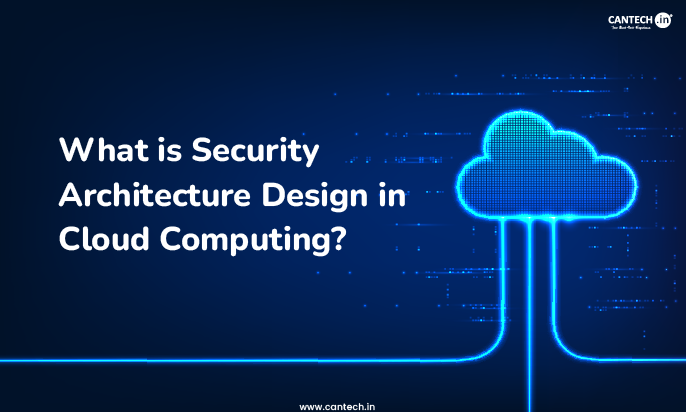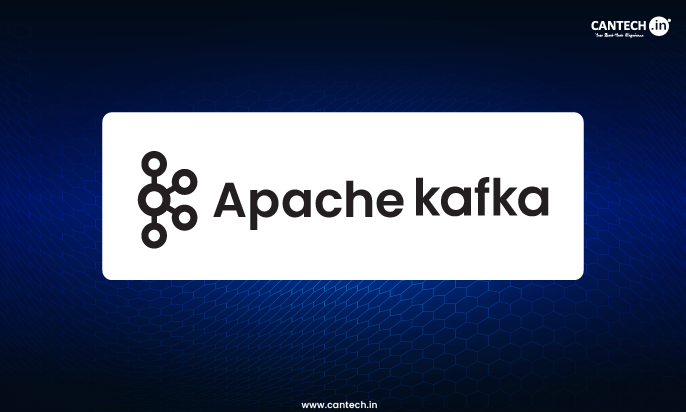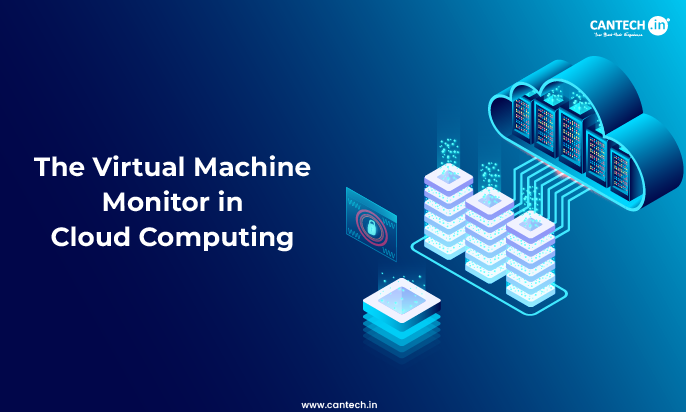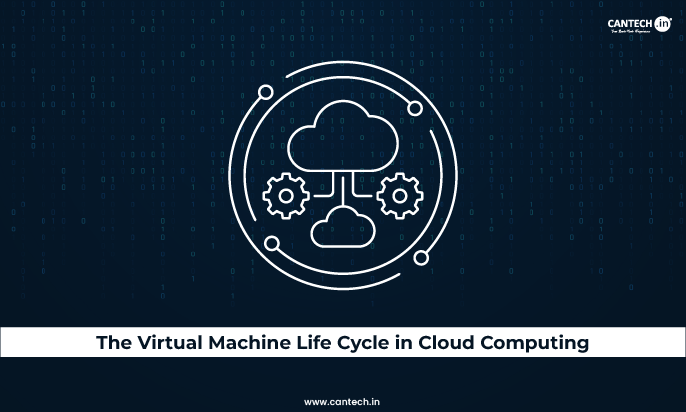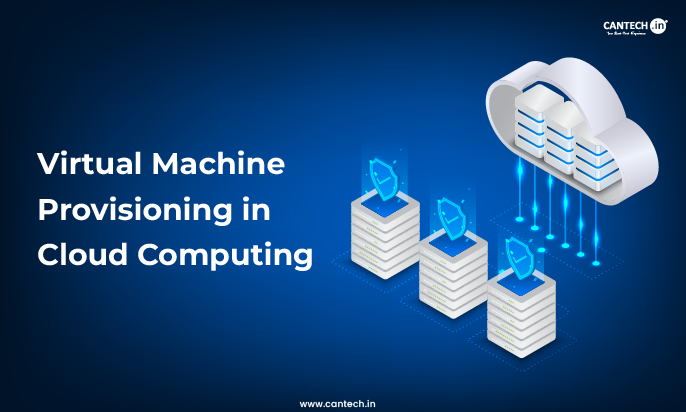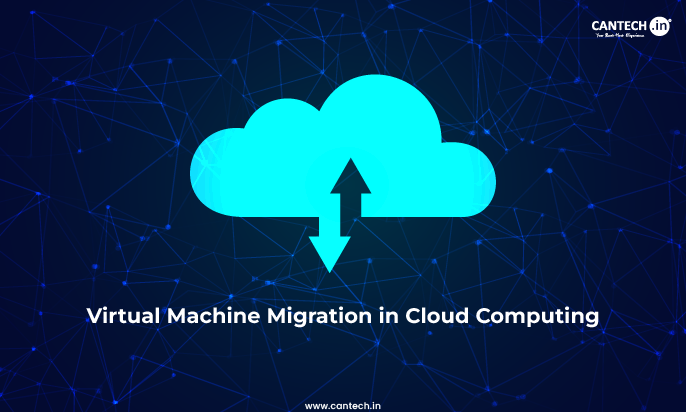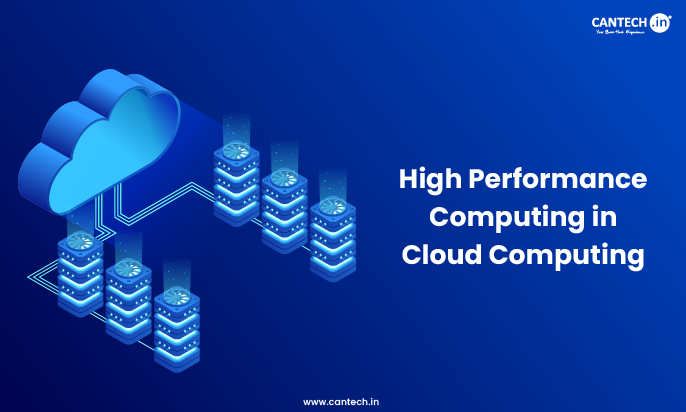Introduction
Everything is shifting to the cloud, such as customer data, applications, and more. But with this shift, the need to protect cloud-based systems has also increased. So, the topic of ‘security architecture design in cloud computing’ has become more important.
This blog will explain the concept in depth. You will understand how security architecture works, how to design it correctly and how it protects your cloud setup from threats.
Why Cloud Security Architecture Matters Today
Cloud systems are flexible and easy to use. But they also increase the chances of attacks or mistakes. That is, when a cloud environment is not designed securely, it creates gaps. These gaps are misused by hackers or cause data leaks. In many cases, even small mistakes like a wrongly shared link or an open S3 bucket have led to big losses.
Therefore, you need a good cloud security architecture design to reduce these risks. It gives a clear structure to all the rules, tools and systems that protect your data and cloud workloads.
What is Security Architecture in Cloud Computing?
Security architecture design in cloud computing means planning a proper framework to protect cloud resources. These resources include your servers, files, user accounts, apps and data. Also, the design shows how security controls, tools and policies will be applied in every layer of your cloud environment.
Moreover, it is not a product or a single tool. It is a mix of things like identity checks, encryption, network security and compliance systems. All these come together to form a strong structure. That structure helps you build a cloud setup that is safe and manageable over time.
This design also makes sure that you follow your industry’s data protection laws. In India, sectors like healthcare, banking and education now have guidelines on how data must be stored or accessed. A well-planned cloud security design helps you meet those rules without any confusion.
Read More :What is Cloud Computing?
Core Parts of Cloud Security Architecture
If you are working on your cloud security design, you must know the key components that form its base. These are not random tools. These are principles that need to work together to protect your data.
Identity and Access Management (IAM)
IAM is the part that checks who can enter your system and what they can do after entering. It includes things like username-password control, two-factor authentication and user roles. For example, your HR team can see employee records, but they cannot access financial reports. IAM tools also stop ex-employees from accessing the system through deactivation or role-based access control..
Thus, IAM includes Multi-Factor Authentication (MFA), which adds an extra layer of security. It is important because many attacks happen when passwords get leaked.
Data Encryption and Key Management
Data should be protected in two situations: when it is stored and when it is being sent from one place to another. Encryption turns your data into unreadable code. So, even if someone steals it, they cannot read it. Key management means handling the digital keys used for encryption. You must keep them safe and rotate them regularly.
Network Segmentation and Firewalls
Your cloud network should not be open to everyone. Divide your network into small blocks. Keep critical systems in one zone and less-sensitive apps in another. Use firewalls to control data traffic entering or leaving each zone. This helps contain security incidents to one part of the system.
Monitoring and Incident Detection
You must keep watch on your cloud system at all times. Use monitoring tools like AWS CloudWatch, Azure Monitor, or Google Cloud Operations Suite to track metrics and detect incidents.
Further, these tools check logs, track login attempts, detect unusual behaviour and send alerts. You should also keep an incident response plan ready. It helps you react fast in case of a breach.
Compliance and Policy Control
Every industry has rules for handling data. Whether it is ISO 27001, HIPAA, or PCI-DSS, your cloud architecture should be built in a way that supports these standards.
Governance tools help you apply rules across your cloud setup. For example, you can ensure that no sensitive data is stored without encryption or that only approved regions are used.
Automation and Infrastructure as Code (IaC)
When you automate your cloud setup using tools like Terraform or CloudFormation, it becomes easier to keep security consistent. You can add firewalls, IAM roles or encryption rules directly in your setup scripts. This saves time and avoids human errors.
Cloud Security Roles in IaaS, PaaS, and SaaS
In cloud computing, different service models give different responsibilities to the user and the provider.
A security design that works for one model may not work for another. That is why it is important to know who does what.
In IaaS (Infrastructure as a Service)
In IaaS, the provider gives you virtual machines, storage, and networks. You control the operating system, software, and applications.
So, you are responsible for configuring firewalls, managing data, patching the OS, and applying access controls.
In PaaS (Platform as a Service)
In PaaS, the provider manages the infrastructure, operating system, runtime, and middleware. You only manage your applications and data.
Your security focus here is on user authentication, app code, and data handling.
In SaaS (Software as a Service)
In SaaS, everything is managed by the provider. You only use the service, like Gmail or Salesforce.
Here, your responsibility is to manage users, passwords, and ensure proper data sharing policies.
Read More : Difference Between IaaS PaaS and SaaS Explained
How to Design Your Cloud Security Architecture
Security design needs planning, testing and regular updates. These steps will help you create a good structure –
Understand Your Business Needs and Risks
- Start by understanding what kind of data you have and where it lives.
- Check if you need to follow industry regulations.
- See what you are expected to secure in a shared responsibility model.
- Then list out the risks such as unauthorized access, ransomware, data loss or service downtime.
Decide Who Gets Access to What
Create a detailed access plan. Divide users into roles and give each role limited rights. For example, your marketing team does not need access to the billing dashboard. Use tools like IAM to implement these rules.
Secure the Network and Data Flow
Draw a map of how data travels between users, apps and storage. Add controls like SSL, VPN, and private VPCs. Also, use firewall rules to block unknown IPs. Further, add logging tools to track every request and response.
Protect Data with Encryption
Encrypt sensitive data at rest and in motion. Set rules to delete old or unused data. Further, manage encryption keys properly.
Avoid hardcoding encryption keys in application code or exposing them through insecure channels.
Set Up Monitoring and Alerts
Use security tools to detect unusual logins, large file transfers or sudden changes in traffic. Add alerts that reach your mobile or email immediately. Also, create a dashboard where your team can view the current security health.
Keep Updating and Testing the Setup
Every three months, run a penetration test or vulnerability scan. Remove unused accounts or old configurations. Fix weak passwords. Apply cloud provider updates regularly. Keep your documentation up to date.
Common Mistakes in Cloud Security Design
Many people make errors during security planning. Some are listed below –
- Keeping Default Passwords – Never use default logins. They are easy to guess.
- Open Storage Buckets – Avoid making cloud storage buckets public. If public access is required, use signed URLs or identity-based access for secure sharing.
- Over-Permissioned Users – Giving every user full access creates more risks.
- No Backup or Disaster Recovery Plan – Always keep a copy of your critical data. If your cloud data is lost or attacked, you must have a backup. Schedule regular backups and test recovery.
- No Logging – Without logs, you cannot investigate what happened during an attack.
- No Monitoring or Alerts – Without monitoring, attacks can go unnoticed. Set up real-time alerts for suspicious activities.
- Not Updating Software – Old software has known bugs. Always patch and update your systems to close security holes.
Read More: What is cloud security?
Conclusion
The Right Cloud Security Architecture empowers your business to grow confidently without compromising on safety. Final Tips for Building a strong Security Architecture Design in Cloud Computing:
- Always keep things simple and clear.
- Give access based on role, not on trust.
- Do not depend on just one tool or vendor.
- Conduct regular penetration testing or ethical hacking to identify weak points before attackers do.
- Educate your team about threats and good habits.
Cloud computing has made IT faster and more flexible. But the risk of cyber threats has also increased. That is why having a proper Security Architecture Design in Cloud Computing is a basic need. And good security is built before any problem happens.
FAQs
What is the Main Goal of Security Architecture Design in Cloud Computing?
The main goal is to protect your cloud environment by planning how users, data, applications, and infrastructure are managed securely from end to end.
What is Meant by Security Architecture in Cloud Computing?
Security architecture in cloud computing is a plan or structure that includes all the tools, policies and settings used to protect your data, apps and users in the cloud. It shows how everything should be secured from the start.
Why is Cloud Security Architecture Important for Businesses?
For businesses, cloud security architecture is important because it helps protect sensitive data like customer details, financial records or business apps from hacking or loss. It also helps follow rules like data privacy and digital compliance.
What are the Main Tools Used in Cloud Security Design?
Common tools include identity management software, encryption tools, firewalls, logging systems and compliance scanners. You can also use Infrastructure as Code (IaC) tools like Terraform to apply security rules automatically.
Is Security Architecture Design in Cloud Computing Important for Small Companies?
Yes, even small companies can build strong cloud security with proper planning. Cloud platforms offer many free or low-cost tools like IAM, firewalls and basic encryption that are enough to get started.
Who is Responsible for Cloud Security?
Both the customer and cloud provider are responsible. Cloud providers manage the physical and platform security. Whereas, the customer must secure their own data, apps, user permissions and policies.
